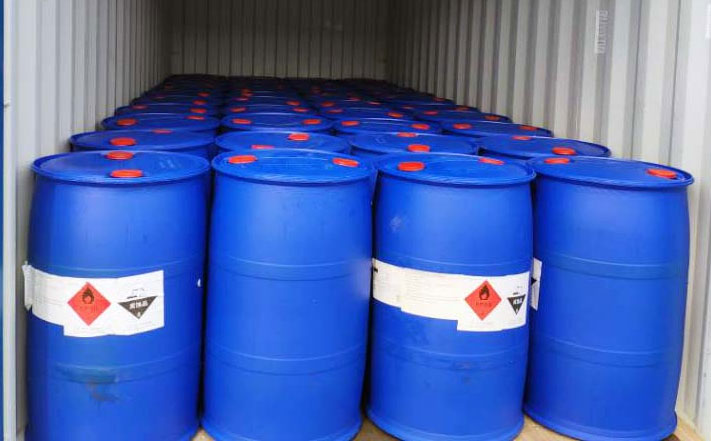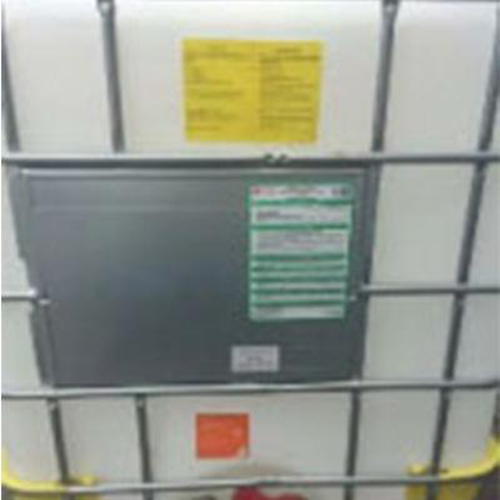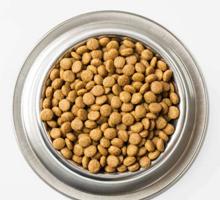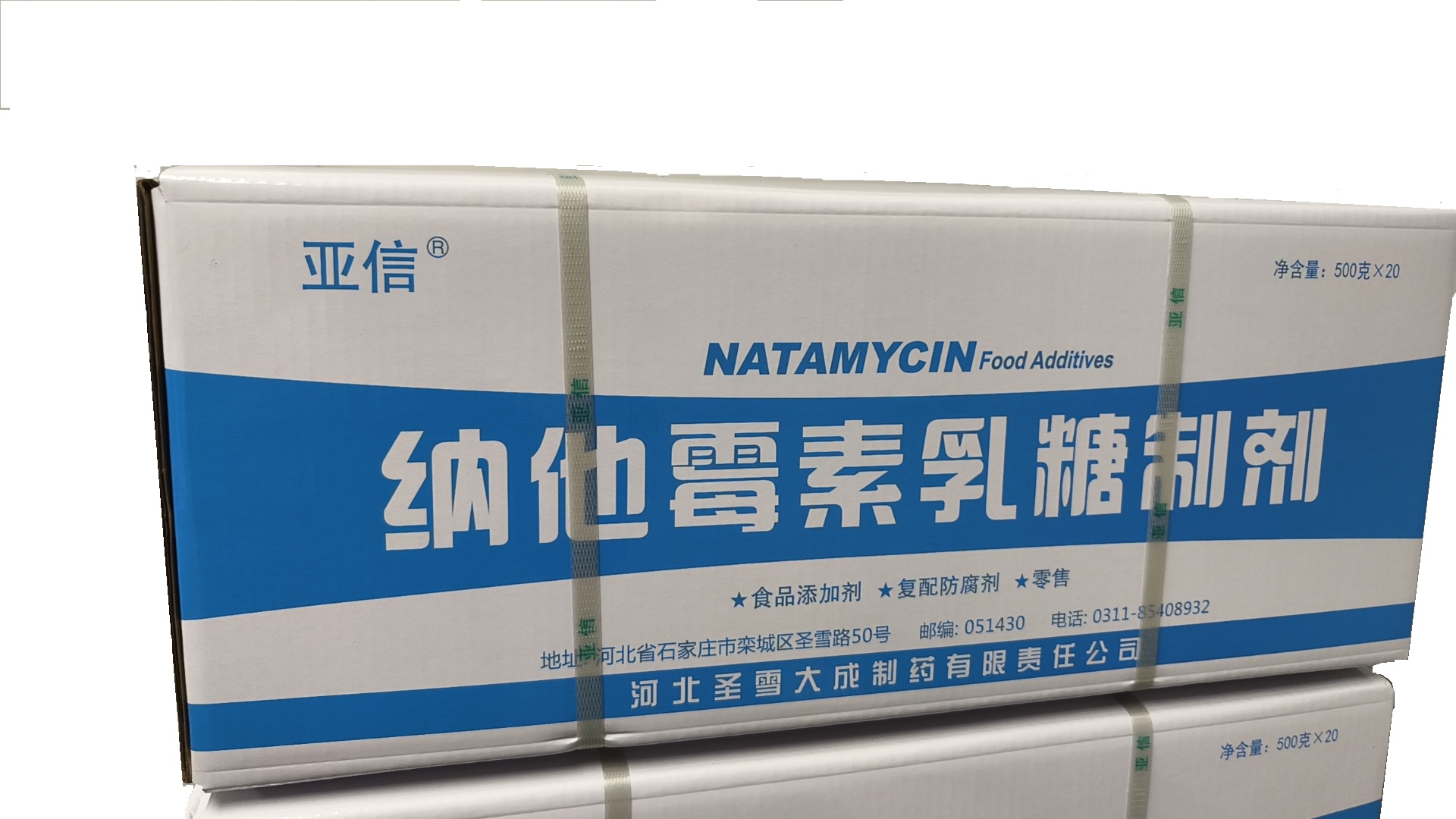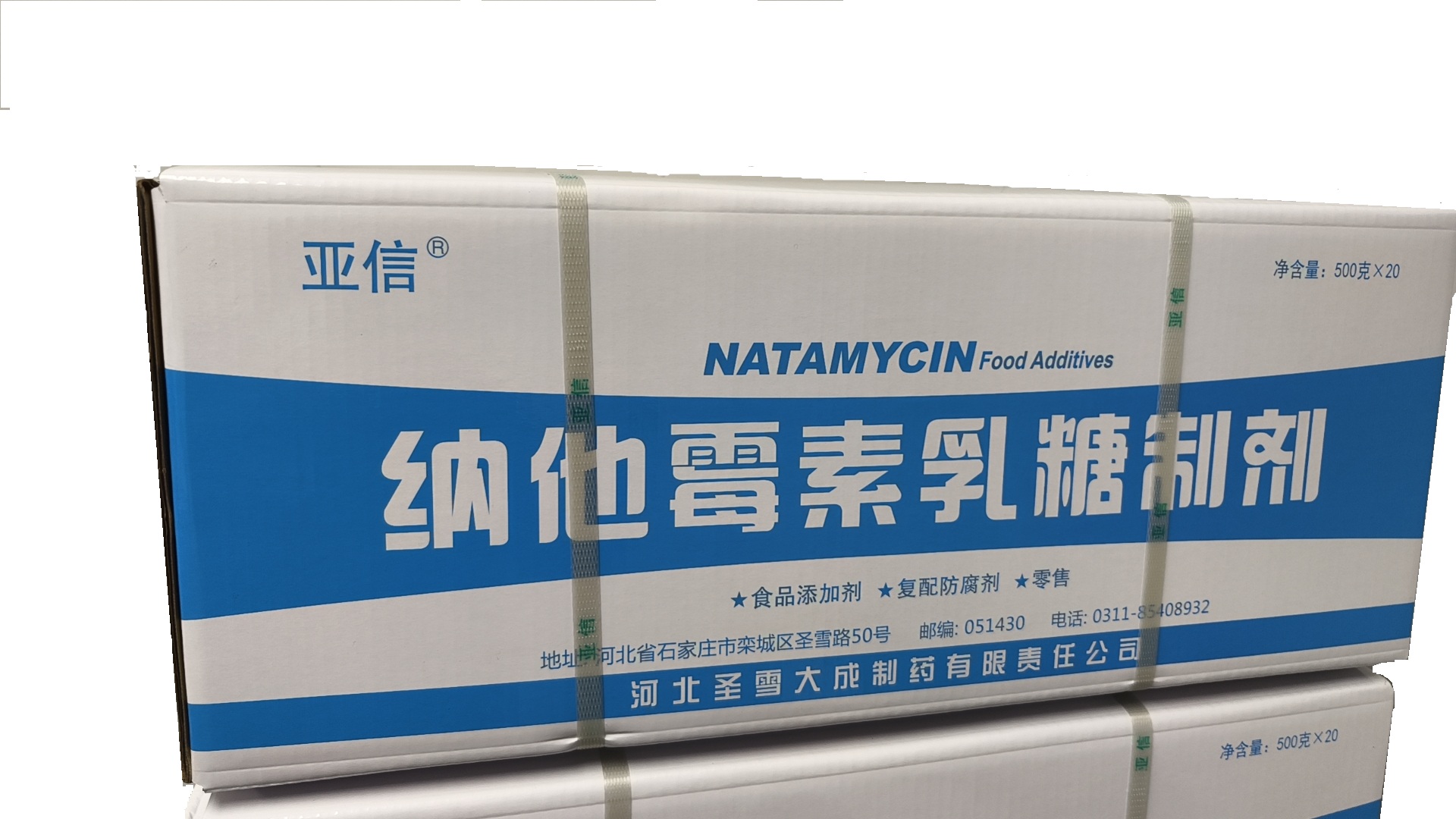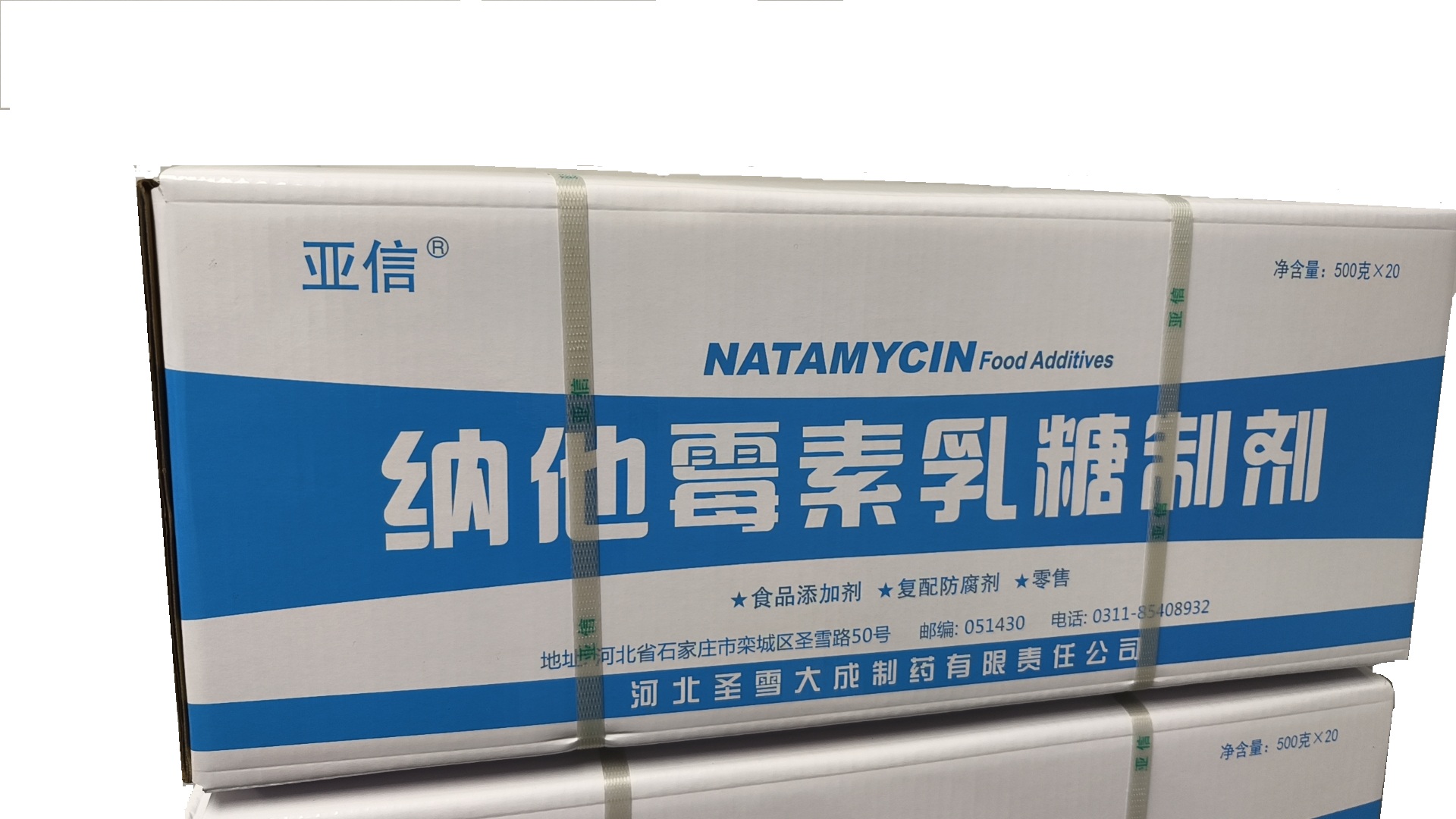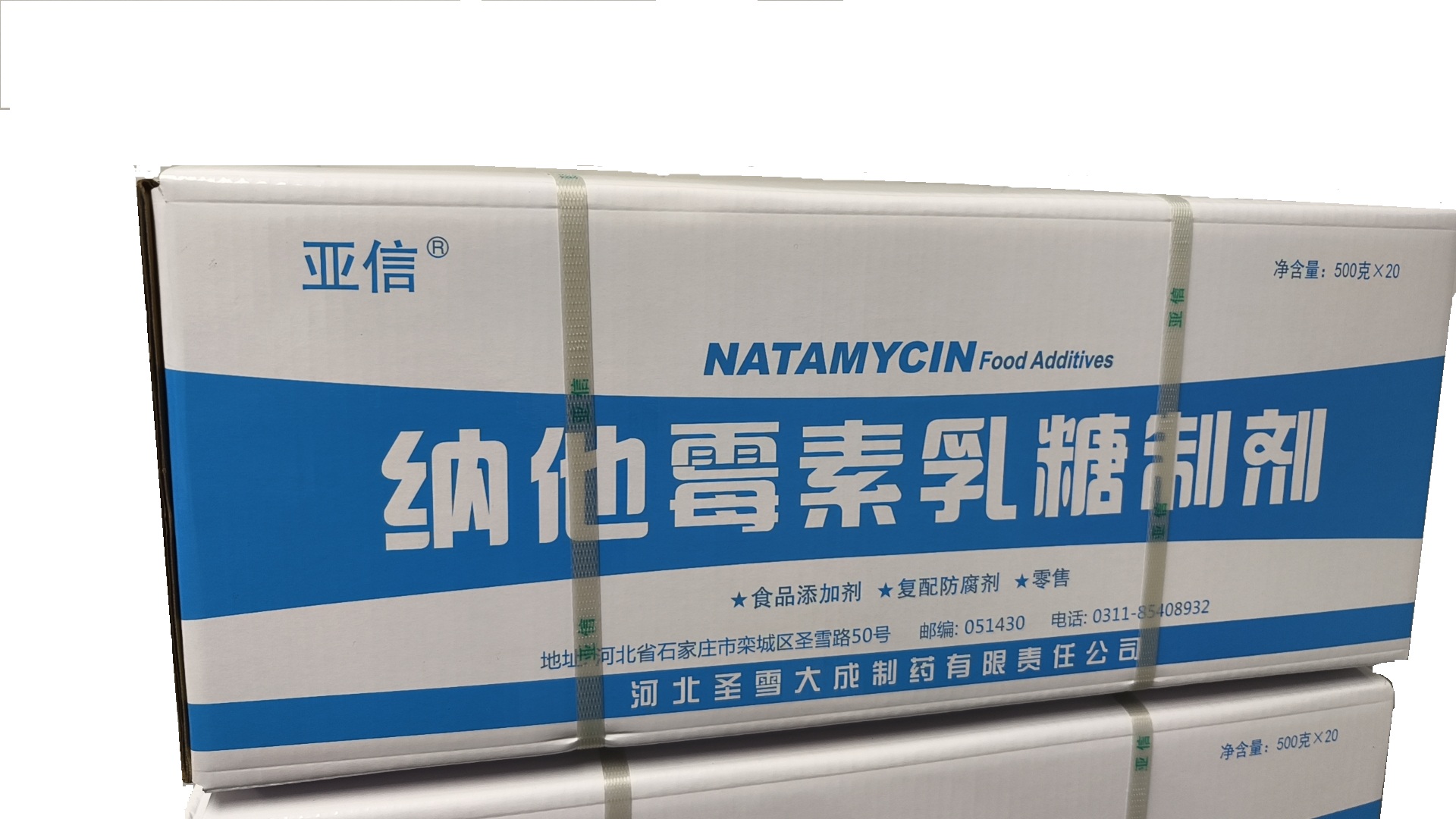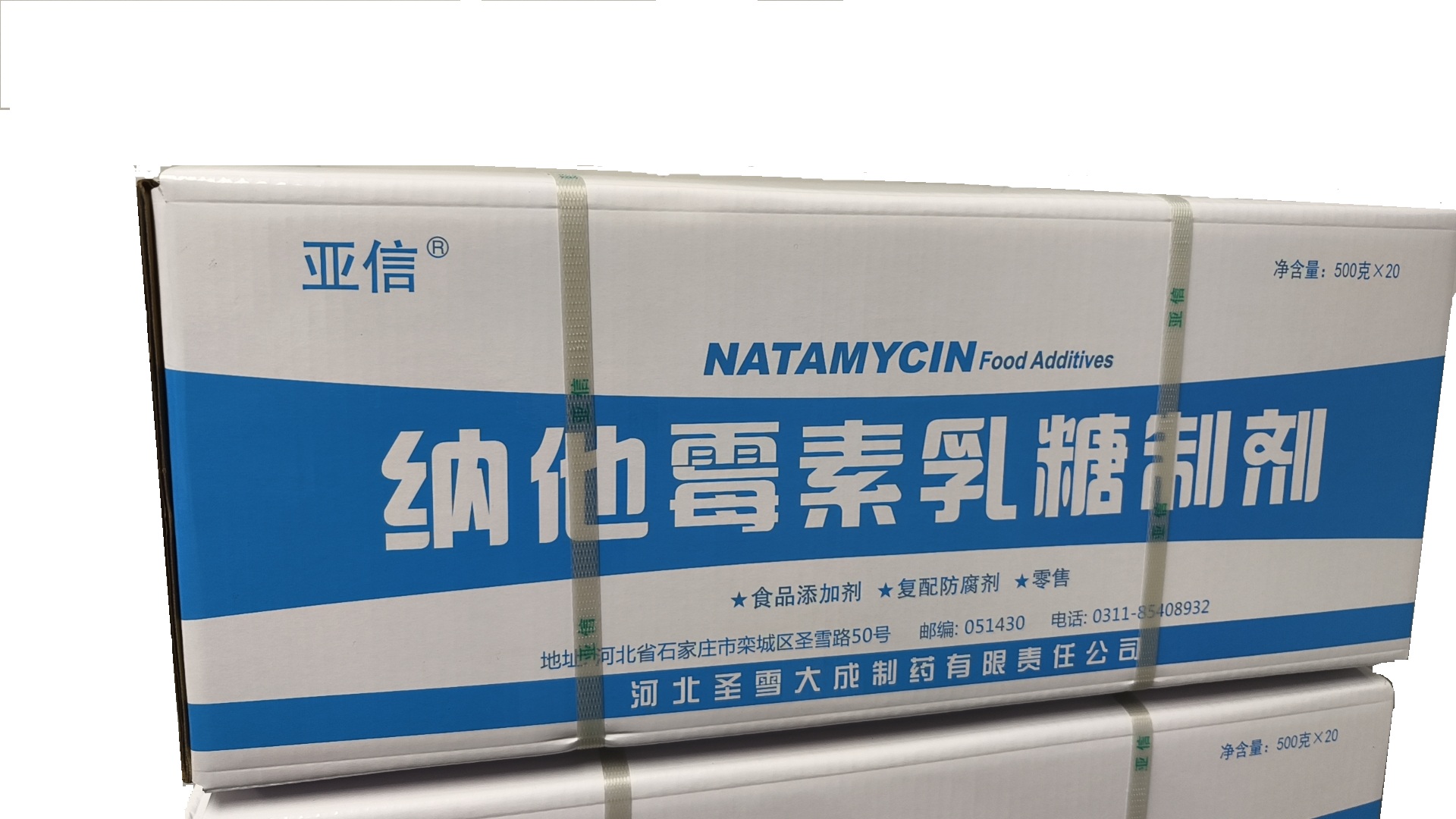Anionic Surfactant
Anionic wetting agenthas a longest history, highest output and most various types. It is classified according to the structures of their hydrophilic groups: sulfonates and sulfates, which are the main types of anionic surfactants. The various functions of surfactants are mainly manifested in changing the properties of the liquid surface, the liquid-liquid interface and the liquid-solid interface.
Sodium Laureth(2) Sulfate (AES/SLES)
Chemical Formula: C12H26Na2O5S
CAS No.: 68585-34-2
Dangerous Grade: Non-dangerous
Sodium Alpha Olefin Sulfonate (AOS-35)
Chemical Formula: R-CH=CH-(CH2)n-SO3Na
CAS No.: 68439-57-6
Dangerous Grade: Non-dangerous
C12-14 Linear Alkyl Benzene Sulfonate(LAS)
Chemical Formula:C18H30O3S
CAS No.:27176-87-0
Dangerous Grade: 8
Common anionic agents:
Sulfate, sulfonate, and phosphate esters
oil soluble surfactantscontain anionic functional groups at their head, such as sulfate,sulfonate, phosphate, and carboxylates. Prominent alkyl sulfates include ammonium lauryl sulfate, sodium lauryl sulfate (sodium dodecyl sulfate, SLS, or SDS), and the related alkyl-ether sulfates sodium laureth sulfate (sodium lauryl ether sulfate or SLES), and sodium myreth sulfate. Carboxylates are the most common surfactants and comprise the carboxylate salts (soaps), such as sodium stearate. More specialized species include sodium lauroyl sarcosinate and carboxylate-based fluorosurfactants such as perfluorononanoate, perfluorooctanoate (PFOA or PFO).
nonionic surfactanttake many advantages in mature production process, great availability of raw materials, and a wide range of applications. Therefore, it is widely used in many fields such as agriculture, industrial cleaning, textile printing and dyeing, and household chemicals.
The use of anionic and non-ionic formulations as pesticide emulsifiers can reduce the usage of emulsifier from 20% ~40% to 3% ~ 10%. This will help improve the chemical stability of pesticides, while reducing costs, pollution,so ensure the efficiency of utilization. In addition, alkylbenzene sulfonates, lignosulfonates are often added into insecticides, rust removers, and plant growth regulators as emulsifiers and wetting agents to improve soil quality.
In architectural coatings, surfactants primarily act as wetting, emulsifying, dispersing, stabilizing and antistatic agent.
The use of anionic surfactants in cosmetics has become more widespread in recent years and its main role is as emulsifiers, solubilizers, wetting agents and effective component synergists.
Surfactants play an important role in the chemical oil displacement process. They can reduce the oil/water interfacial tension and increase the number of capillary tubes, thereby greatly improving the oil recovery.
Many processes in the textile printing industry require the use of a large amount of surfactants. For example, a large number of anionic surfactants with cleaning performance are used in the pretreatment process, anionic surfactants with infiltrating performance are used in the dyeing and finishing processes. In addition, some functional products such as leveling agents, fixing agents, etc., are also of anionic type.
Anionic surfactants are widely used in daily chemicals. The most common application is soap. The main ingredient is sodium stearate. Anionic products have the characteristics of high foam and delicate performance, low price and so on, which can reduce the cost of the liquid detergent and other products, as well as improve the product transparency.
For more information about DMC Catalyst, please feel free to contact us!
在线联系供应商
Other supplier products
| Propionyl Chloride | Features of Propionylchloride Product Name: Propionyl chloride Chemical Formula: C3H5ClO Propionyl Chloride CAS No.: cas 79-03-8 Dangerous Grade: 3... | |
| Phenyltrimethoxysilane | Features of Phenyltrimethoxysilane Product Name: Phenyltrimethoxysilane Chemical Formula: C9H14O3Si CAS2996-92-1 Dangerous Grade: NO Technical... | |
| ADC Monomer | Features of ADC Monomer Product Name: Allyl Diglycol Carbonate(ADC Monomer) Chemical Formula: C12H18O7 CAS No.: 142-22-3 Dangerous Grade: None ... | |
| 3 - (2,3-Epoxypropoxy) Propyltriethoxysilane | Features of 3 - (2,3-Epoxypropoxy) Propyltriethoxysilane Product Name: 3 - (2,3-Epoxypropoxy) propyltriethoxysilane (KH560) Chemical Formula: C12... | |
| Cocamido Propyl Betaine (CAB-35) | Features of Cocamido Propyl Betaine (CAB 35) Product Name: Cocamido propyl betaine(CAB-35) Chemical Formula: C19H38N20 CAS No.: 61789-40-0 Dang... |
Same products
| Natamycin | 卖方: Hebei Shengxue Dacheng Pharmaceutical Co., Ltd. | New products coming soon! Welcome to inquire and book! Proper storage of natamycin is crucial to ... | |
| Natamycin | 卖方: Hebei Shengxue Dacheng Pharmaceutical Co., Ltd. | New products coming soon! Welcome to inquire and book! Agriculture ·Occasionally used to p... | |
| Natamycin 7681-93-8 | 卖方: Hebei Shengxue Dacheng Pharmaceutical Co., Ltd. | New products coming soon! Welcome to inquire and book! Medical Applications Natamycin is used as ... | |
| Natamycin | 卖方: Hebei Shengxue Dacheng Pharmaceutical Co., Ltd. | New products coming soon! Welcome to inquire and book! Food Industry Natamycin is widely used as ... | |
| Natamycin | 卖方: Hebei Shengxue Dacheng Pharmaceutical Co., Ltd. | New products coming soon!Welcome to inquire and book! Natamycin is a natural antifungal agent and... |










